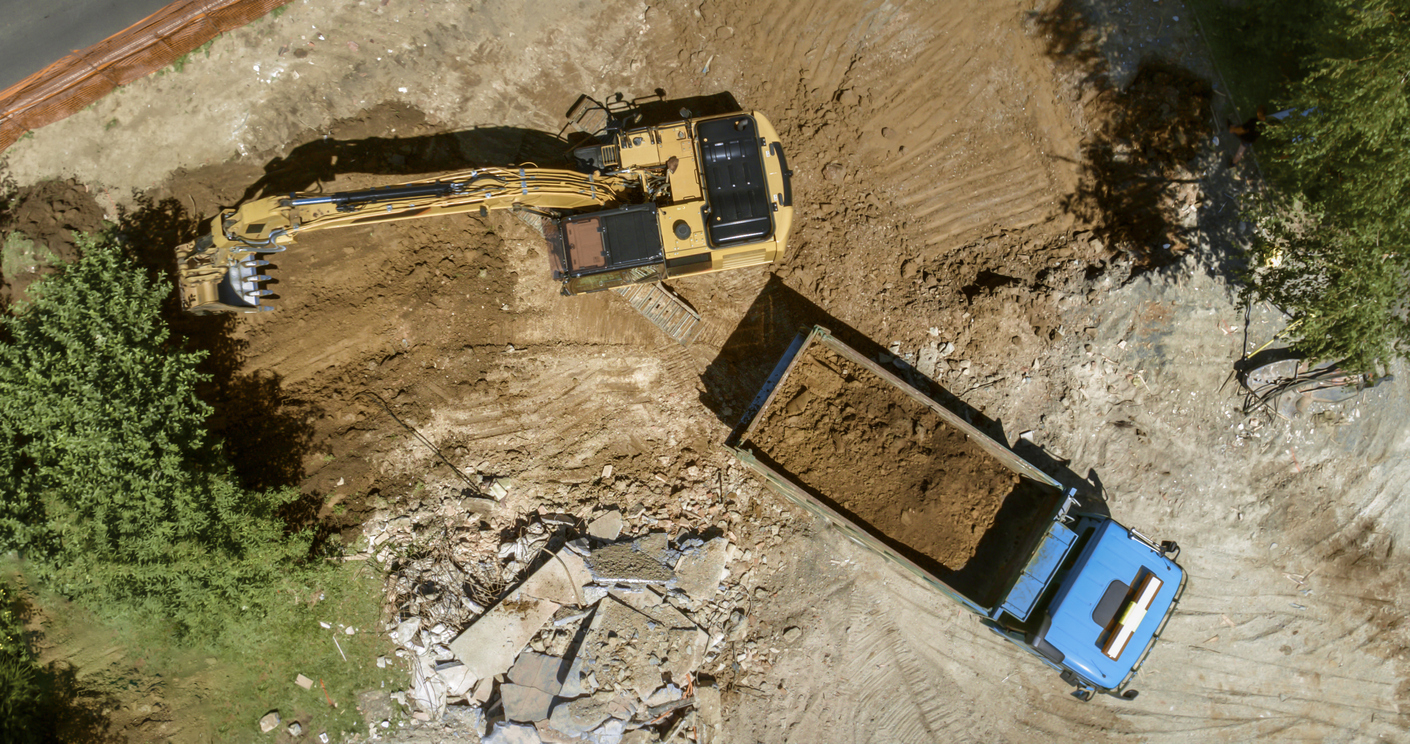Throughout Australia, brownfield sites are ready and waiting to be developed and transformed. Brownfield sites are tracts of land, typically in commercial and industrial areas, which remain unused. These sites are often contaminated by hazardous waste and may have remnants of previous developments on them. As a result, the surrounding businesses and residents are negatively impacted in various ways, which is why cleaning these sites up and regenerating them is critical. But how can brownfield sites be regenerated? There are a variety of steps involved so that developers can also mitigate the risk of developing property on such land.
Why Regenerate Brownfield Sites?
Unused land has a negative impact on the surrounding community and businesses for various reasons. These sites affect the value of the surrounding property, lead to a loss in tax revenue, threaten the environment, and threaten the health of those who live and work nearby. By regenerating these sites, the surrounding businesses may see an increase in revenue because more customers are attracted to the area. In addition, regenerating brownfield sites helps to prevent urban sprawl, which encroaches on the environment and agricultural land.
The Environmental Benefits of Brownfield Regeneration
Australia has diverse and delicate fauna and flora, which the government goes to great lengths to protect. Regenerating brownfield sites is another way to take care of the environment. Brownfield sites may be contaminated by all manner of hazardous and toxic chemicals; remediation and regenerating this land is the best way to minimise the effects of these contaminants. Depending on the type of contamination, it may seep into the groundwater, soil, vegetation, drainage system, and into the local vegetation, and human and animal life. Brownfield regeneration is essential to preserve our planet for future generations.
How Are Brownfield Sites Regenerated?
Regenerating brownfield land involves more than the decontamination of the site. Regeneration is about overseeing the entire process and carefully dealing with various barriers to ensure success. These barriers come in multiple forms, such as overcoming negative perceptions, gaining public approval, changing the site zoning, securing funding and adhering to regulatory constraints.
Steps to successfully regenerate land:
Brownfield sites may have a negative image; these perceptions need to be addressed to appeal to property investors. By leveraging the historical character of the area, urban renewal can be viewed as chic by prospective buyers and tenants, thus encouraging such developments.
Getting public approval can be tricky; in some instances, the owners of nearby businesses and local residents may object to certain aspects of the development. It is imperative to ensure these individuals are satisfied with the process and the proposed project so that they do not take legal action to prevent the development from occurring.
Addressing zoning requirements is critical. If the land is not correctly zoned, the matter needs to be addressed and dealt with through the local council. The development may require zoning changes to meet the needs of the proposed project and the zoning density.
With these matters addressed, finding investors to get the project off the ground will be more manageable. Investors may be scared off by brownfield sites, but when the groundwork has been covered, the risk of decontaminating and clearing the site is mitigated.
Knowing how brownfield sites can be regenerated is just one aspect of developing these sites. Finding where these sites are and the zoning requirements attached to each is a whole other task in itself. Luckily, the Archistar property development platform makes it easy to find suitable land for development, access critical data, generate hundreds of designs based on your criteria, and compile feasibility and profitability reports. Schedule a demo today, to see all the platform’s features.

